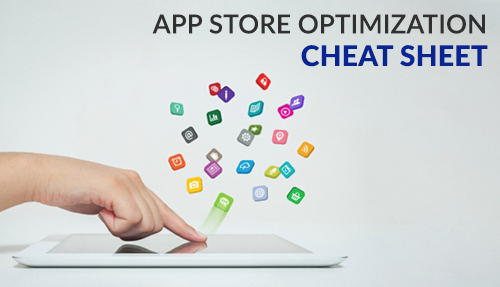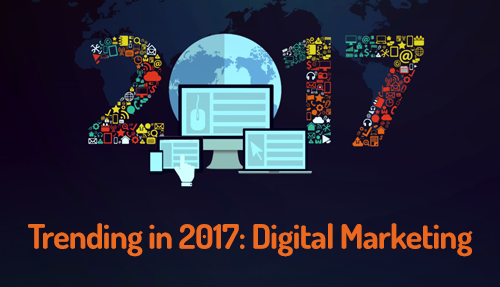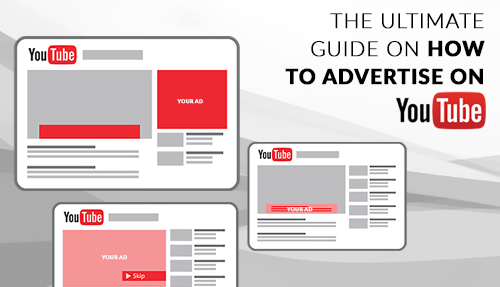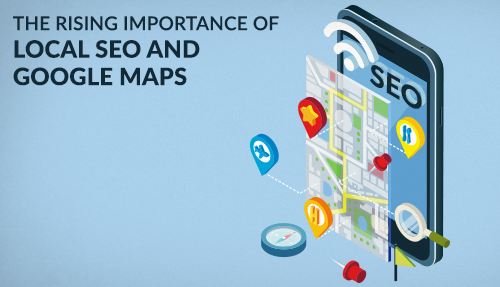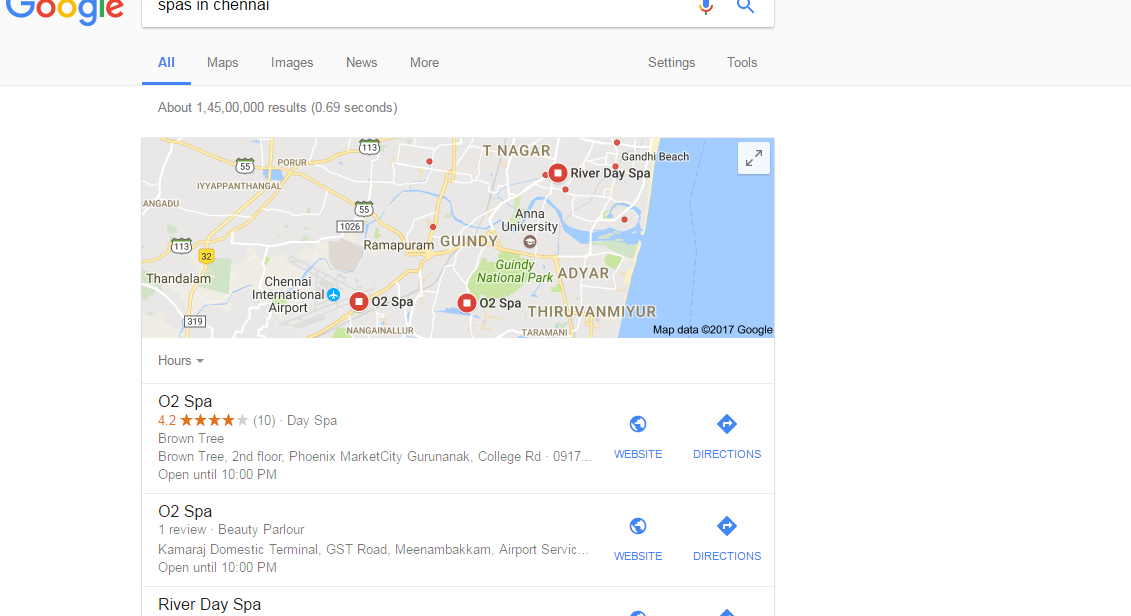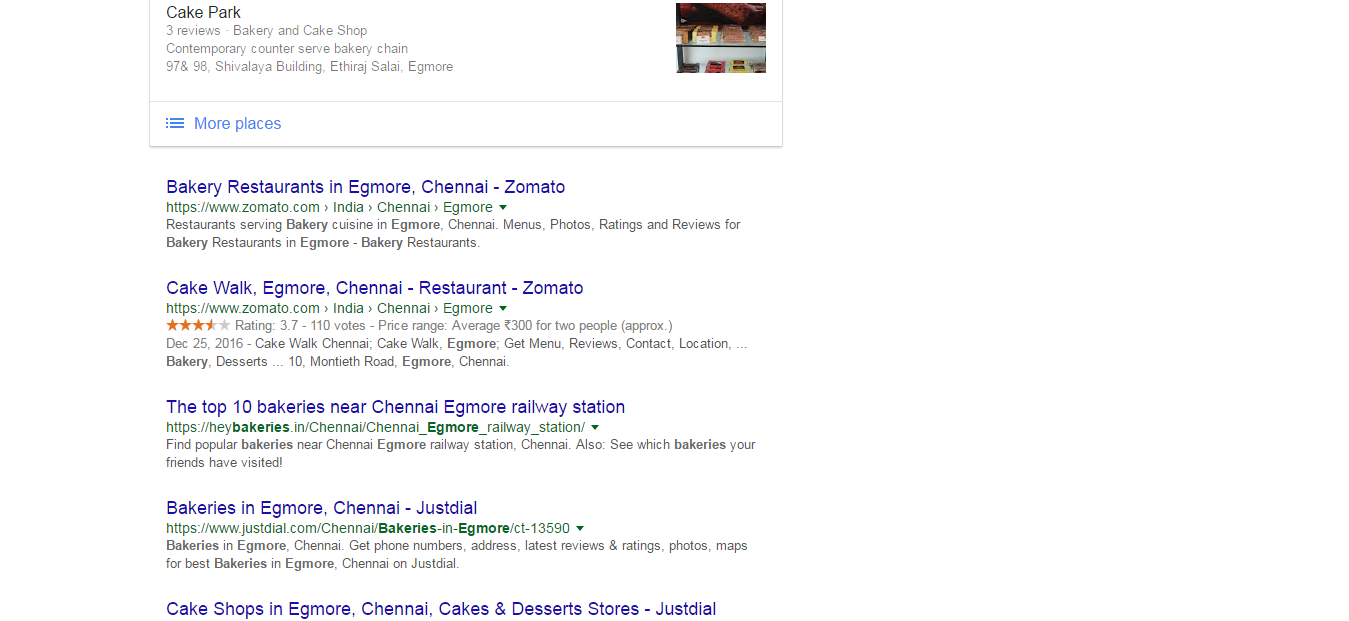So you’ve developed a mobile app, excellent, but what next?
There are more than 4 million apps in the Google Play Store and Apple App Store and this number will only increase with the coming years. While each app is exclusive to the developer, only a few get the deserved recognition from users. To be precise, the fate of your app after its development depends on how many users download and use it. According to research, 63% of apps are discovered through app store searches, so it is highly essential to optimize your app for the app store.
Here are some best practices to get more app downloads and to increase your rankings in the app store.
The App’s Name should be creative and informative
No, naming your app after you or your business won’t work well. A good idea would be to choose two to three keywords and using at least one of them in the title of your app. According to data, apps with keywords in the title rank 10.3 per cent higher than those without a keyword in the title. This way, your app will show easily in the search results. However, make sure that you don’t make the app name look like a spam by overstuffing keywords. The title needs to be short because that’s what users can read in a single screen. Obviously, you don’t want your title to get cut. Titles are usually cut after the 23rd character (including spaces) in the App Store and the 30th character in Google Play. The first thing that the users see about your app is the name and icon. This is the first and the best chance to impress your users. Therefore, be cautious and creative when thinking of a name for your app.
Always include a description
Most of the times, users may need an app for some particular function, but they may not be sure which, app to download for the same. In such cases, the description option in the app store comes in handy. Reading the description of the app will help the users know what your app does, and it will also decrease the chances of uninstalls as the users know about the app well before downloading it.

Make sure the description is precise and concise and brings out what the app does exactly. Use bullet points wherever required and avoid dense paragraphs.
Also, read our blog on “10 Free Apps for Productivity, Social Media & SEO.”
Have an original app icon
As we said before, an app icon and the app’s name are the ones that catch your users’ eyes easily. Make sure that your app’s icon is designed from scratch. Also, do not make it too elaborate or complicated. Keep it simple, unique, and attractive and make sure the icon breaks through the clutter. Do remember that the play store and the App Store have both varying standards in terms of size, geometry, and color scheme of app icons, so design the icons accordingly. The iOS icons should be sized to at least 1024×1024 pixels and the Google Play requires a 512×512 icon.
Use Screenshots tactfully
Have you noticed those screenshots that are shown in the app store when you check out an app? Well, that’s your next chance to capture the attention of your potential app users. To make a visitor download your app, you must place screenshots tactfully in this section. You can upload up to five screenshots for an iOS app and eight for an Android one, however, only two or three screenshots will appear in the gallery when the page loads. Only use screenshots that will differentiate your app from other similar apps. For the best results, you could A/B test various screenshots to see, which drives the most downloads. Read our blog on “How Design Can Help Tell a Brand Story.”
Update your app regularly
Like any other software, your mobile apps will also need regular updates and upgrades. If you launch your app and forget it, your users will download it and forget or uninstall it. Release periodical updates with relevant release notes explaining what’s new in the update.
Encourage your users to review and rate you
You don’t have to urge them to review or rate you with pop-ups every other minute, but gently nudge your users to rate your app. This will always help in increasing your views. Furthermore, do not ignore negative reviews, but pay attention to what was wrong in the users’ experience and try to fix it. The apps with high ratings are all ones that keep their audience engaged and take customer feedback positively. You can also make use of influencer marketing to get your app reviewed by top digital influencers.
Price it right
If your app is something that needs to be bought, set a competitive pricing. Instead of making your app more expensive than other similar apps, set a nominal price and improvise on making your app the best in the category. If your app is free, then add it to the in-app purchases category to improve its listing and visibility.
Make your app language and device compatible
When your app is available in various languages and is compatible with different OS versions, it is bound to get more view and reach than an app released only for one OS and in English. Both the iOS and the Play store allow you to localize your listings to make discovering your app easier for customers in other countries.
We hope by now you have understood the various best practices that must be followed to improve your app download. Comment below some of the other tips that you would like to add to our app store optimisation cheat sheet.

